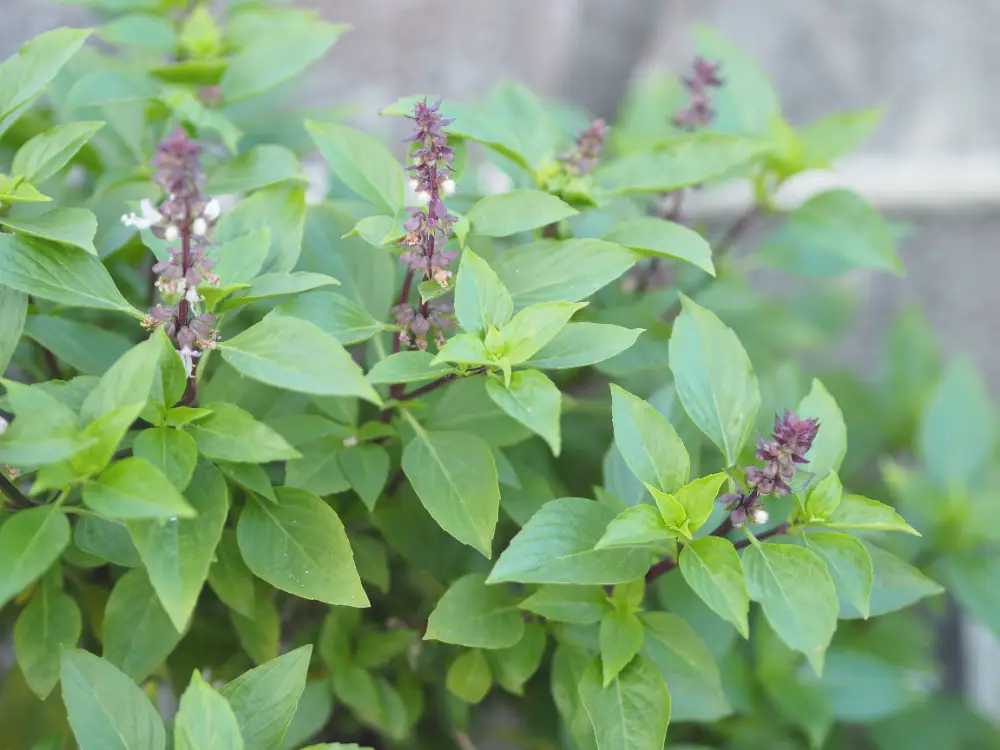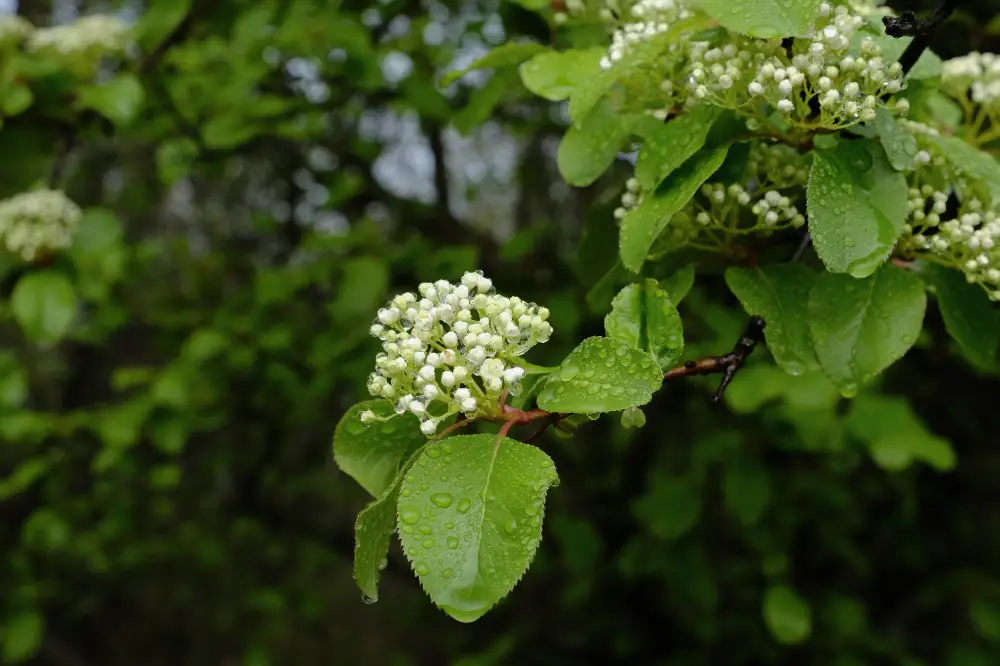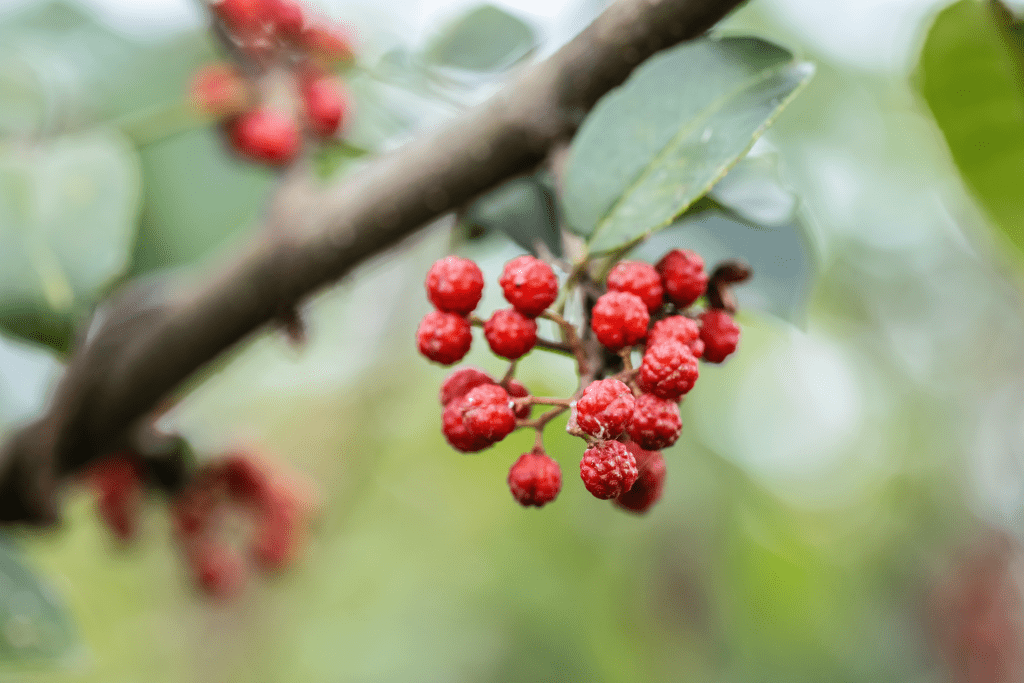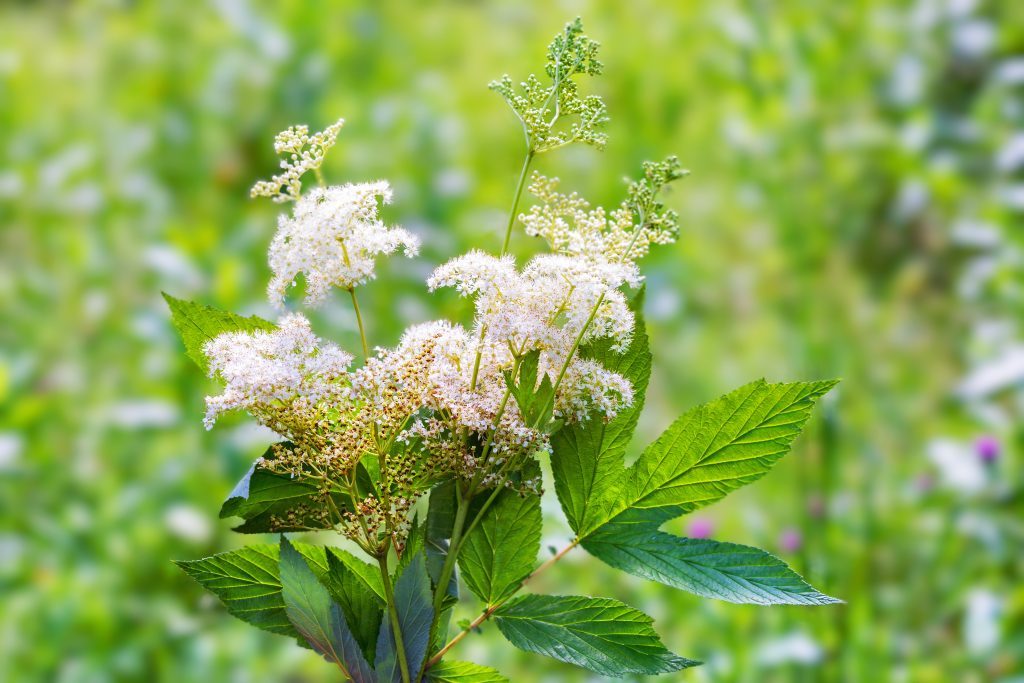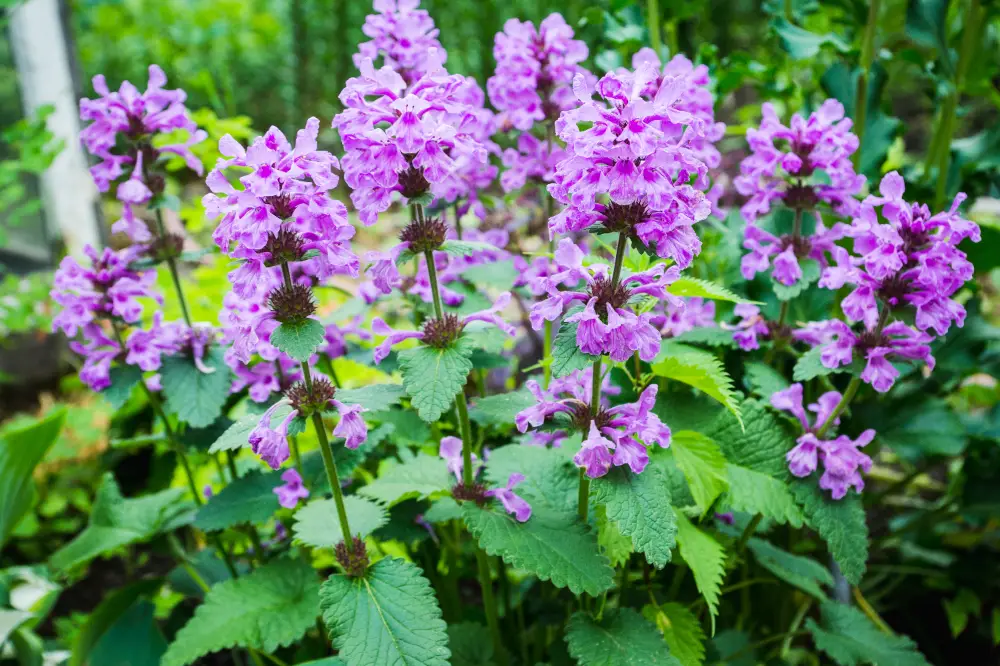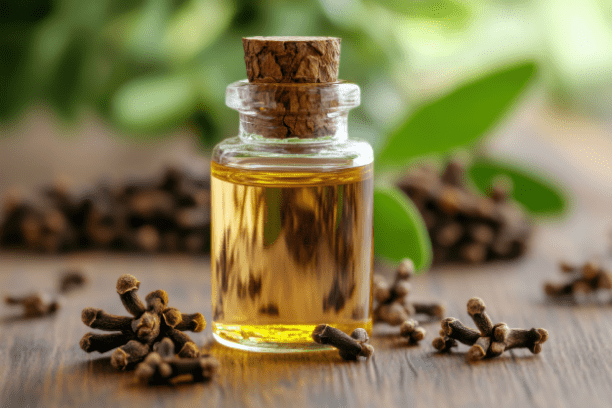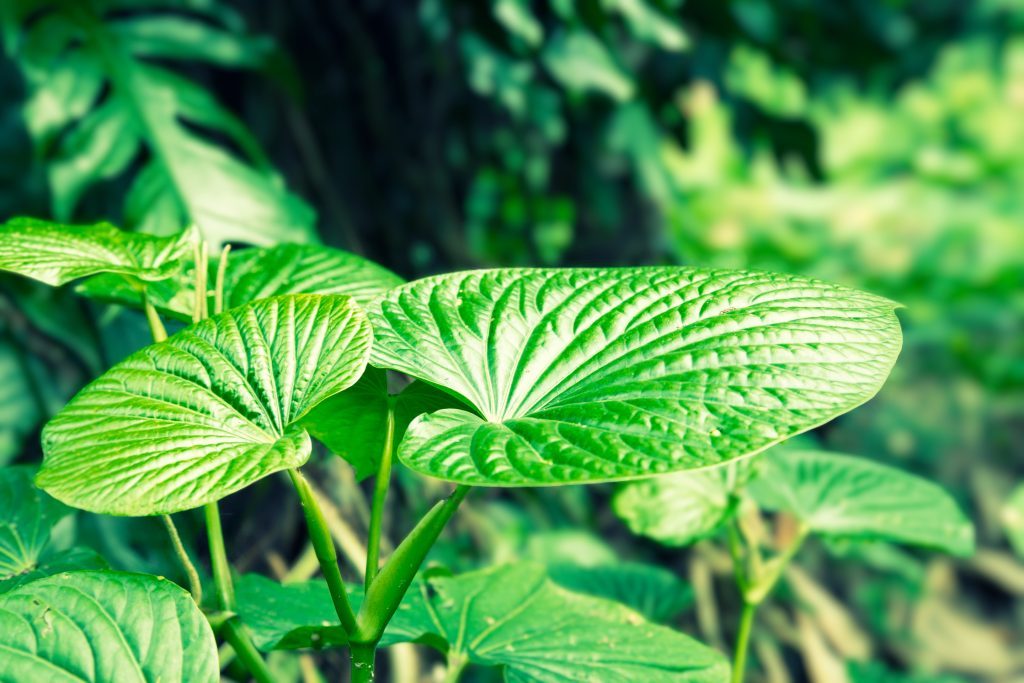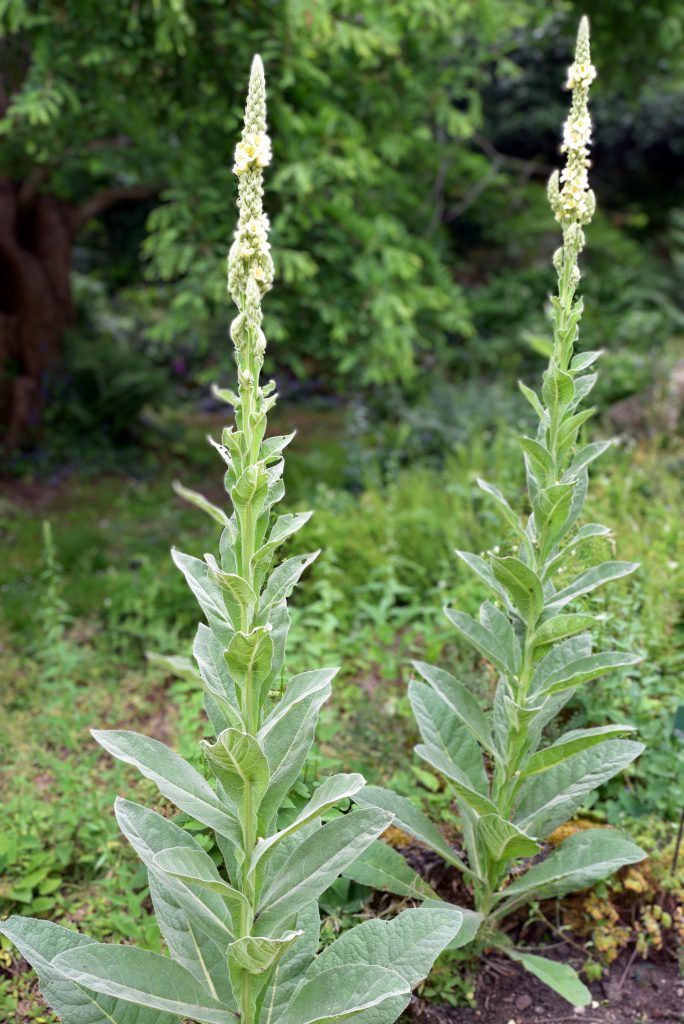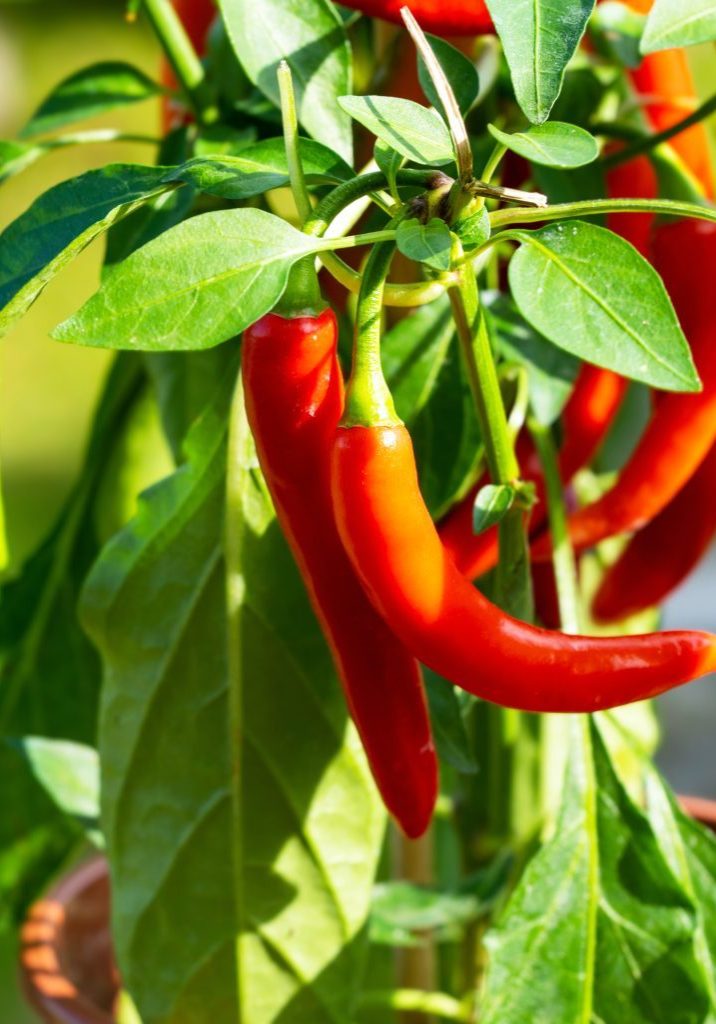
Cayenne
Capsicum annuum
Solanaceae (Nightshade Family)
Powerful circulatory stimulant, helping to improve blood flow, reduce inflammation, and support digestive health.
Other names:
Chili pepper, Paprika, Pimento, Chiltepin.
Superpower
To stimulate circulation and promote healing through its active compound, capsaicin.
Uses
Circulatory Stimulant:
Cayenne pepper has been traditionally used to stimulate blood circulation and improve vascular health. It is highly effective for treating cold extremities like cold hands and feet by increasing blood flow throughout the body. This circulatory support also aids in reducing the risk of blood clots and improving overall cardiovascular health.
Digestive Aid:
Capsicum annuum is known for its ability to stimulate digestion by increasing gastric juices and enzyme production, which supports better digestion and helps prevent indigestion. It also relieves gas and promotes bowel regularity, making it a staple in traditional digestive tonics.
Pain Relief and Analgesic:
Cayenne’s active compound, capsaicin, is used topically for pain relief from arthritis, muscle pain, and nerve pain. It works by depleting substance P, a neurotransmitter responsible for transmitting pain signals, making it effective for chronic pain conditions.
Anti-inflammatory and Detoxification:
Traditionally, cayenne is used to reduce inflammation due to its anti-inflammatory properties. It supports detoxification by increasing blood flow and promoting sweating, which helps the body eliminate toxins more effectively.
Cold and Flu Remedy:
In traditional medicine, cayenne is often included in remedies for cold and flu symptoms. Its warming properties help relieve congestion, stimulate sweating to break fevers, and improve respiratory function by clearing mucus.
Cautions
Skin and Mucous Membrane Irritation:
Capsaicin, the active compound in Capsicum annuum, can cause skin irritation and a burning sensation when applied topically in high concentrations or if contact with sensitive areas (such as the eyes) occurs. It is advised to avoid applying cayenne to broken skin or sensitive areas.
Digestive Sensitivity:
Cayenne may cause gastrointestinal irritation, especially in individuals with gastric ulcers, acid reflux, or a sensitive digestive system. Ingesting large amounts can lead to stomach discomfort or heartburn.
Interactions with Medications:
-
- Anticoagulants: Capsaicin may increase the risk of bleeding in individuals taking blood thinners like warfarin or aspirin. Those on anticoagulant therapy should consult a healthcare provider before using cayenne in therapeutic doses.
- Antihypertensive Medications: Capsaicin may affect blood circulation and could potentially interact with blood pressure medications, though it is also known to support healthy circulation in normal amounts.
Pregnancy and Breastfeeding:
While cayenne is generally considered safe in culinary doses, it’s recommended to use it cautiously during pregnancy and breastfeeding. There is limited evidence on the safety of high doses or concentrated forms like capsaicin supplements during these stages.
Topical Use:
Prolonged or repeated use of capsaicin-containing creams or ointments may lead to a condition called “capsaicin tolerance,” where the effectiveness of the treatment diminishes over time. Also, in rare cases, overuse can cause skin blistering or burn-like reactions.
Known Chemical Constituents
Capsaicinoids:
-
- Capsaicin, dihydrocapsaicin, nordihydrocapsaicin: These are the primary active compounds responsible for cayenne’s heat, offering analgesic, anti-inflammatory, and circulatory stimulant properties.
Antioxidants:
-
-
- Flavonoids: Includes quercetin and luteolin, which help reduce oxidative stress, inflammation, and promote heart health.
- Carotenoids: Such as beta-carotene, which support skin, eye health, and provide immune support through their powerful antioxidant effects.
- Tocopherols (Vitamin E): A potent antioxidant that supports skin health and cell integrity, reducing oxidative damage and supporting overall vitality.
-
Vitamins:
-
- Vitamin C: Supports immune function, skin health, and acts as an antioxidant.
- Vitamin A: Essential for vision, immune health, and skin regeneration.
Antimicrobial Compounds:
-
- Capsicidins: Antimicrobial peptides that provide defense against pathogens and support immune health.
Astringents:
-
- Tannins: Known for their tissue-tightening and antimicrobial effects, particularly in the digestive system.
Volatile Oils:
-
- Responsible for cayenne’s aroma and flavor, contributing to respiratory and digestive health.
Saponins:
-
- Compounds that provide antioxidant, immune-boosting benefits and assist in breaking down fats, supporting metabolic health.
Botanical Description
Plant Type:
Capsicum annuum is an herbaceous perennial in tropical climates but often grown as an annual in temperate zones. The plant can range from 0.5 to 1.5 meters (1.5 to 5 feet) tall, depending on the variety and growing conditions.
Leaves:
The leaves are ovate to lance-shaped, smooth, and medium to dark green in color. They typically grow alternately on the stems and range from 5 to 15 cm (2 to 6 inches) long.
Flowers:
The flowers are small and white, with five lobed petals. They appear solitary or in clusters at the leaf axils. The flowers are self-pollinating, and the plant produces a large number of blooms over the growing season.
Fruit:
The fruit, which is the pepper, can vary widely in shape, size, and color. It ranges from small and round to long and narrow and from green to red, yellow, orange, or even purple as it ripens. The fruits are typically hollow, with a thin wall in mild varieties (like bell peppers) or thick flesh in spicier ones. The seeds are located inside the fruit in a central cavity.
Stem:
The stem is woody at the base, becoming more herbaceous and green toward the top. The plant branches freely, creating a bushy habit.
Root System:
Capsicum annuum has a fibrous root system, which helps anchor the plant in a variety of soils and contributes to its drought tolerance once established.
Fun Facts
Did you know that cayenne pepper played a role in space exploration? NASA incorporated capsaicin, the active compound in cayenne, into space food to help stimulate astronauts’ taste buds. In the zero-gravity environment, astronauts experience a dulled sense of taste, and cayenne pepper helps to enhance their ability to enjoy food while in space.
Parts Used
Fruit
Harvest
Best Time to Harvest:
Capsicum annuum is best harvested when the peppers are fully ripened, which varies depending on the variety but usually occurs in late summer to early fall. The fruits should be brightly colored, ranging from green to red, yellow, or orange when mature. Peppers can be harvested at different stages of ripeness, but they develop their full heat and flavor when fully ripe.
Parts Used:
The primary part used is the fruit (pepper), which contains the active compound capsaicin. In addition to the fruit, seeds are sometimes used for medicinal or culinary purposes, but the majority of the plant’s medicinal value is concentrated in the pepper itself.
Harvesting Method:
To harvest, use clean scissors or garden shears to cut the fruit off the plant. Avoid pulling the peppers by hand, as this can damage the plant. Once harvested, the peppers can be used fresh or dried. Drying peppers in a well-ventilated, shaded area preserves them for long-term storage, and once dried, they can be ground into powder or used whole.
Preparations
Tincture, Powder, Infused Oil, Liniment, Capsules, Poultice, Infusion (Tea).
Sacred Rituals
In purification rituals, its intense heat is said to burn away negative attachments or lingering negative emotions. In some practices, cayenne is added to purification baths or cleansing incenses to break through energetic blockages, helping the individual to feel renewed and empowered.
Affirmations
“I ignite the fire within, embracing strength, courage, and vitality. I am protected and empowered, moving forward with fierce determination and passion.”
Spiritual Associations
Connected to vitality and personal power. The heat of cayenne is thought to ignite courage, willpower, and inner strength, making it a powerful ally for those seeking to break through emotional or mental barriers.
Functions
An analgesic is a substance that relieves pain by reducing the perception of pain signals or alleviating discomfort without causing a loss of consciousness.
AntimicrobialA substance or agent that inhibits the growth of or destroys microorganisms, including bacteria, viruses, fungi, and protozoa.
AntioxidantA substance or agent that neutralizes free radicals, preventing oxidative damage to cells and tissues.
AntispasmodicA substance or agent that helps relieve or prevent involuntary muscle spasms, cramps, or contractions in smooth or skeletal muscles.
CarminativeA substance or agent that helps relieve gas, bloating, and discomfort in the digestive system by promoting the expulsion of gas and soothing the digestive tract.
Circulatory stimulantA substance or agent that enhances blood flow, oxygenation, and nutrient delivery throughout the body, often by dilating blood vessels or improving cardiovascular efficiency.
DiaphoreticA substance or agent that promotes perspiration, helping the body regulate temperature, detoxify, and respond to fevers.
FebrifugeA substance or agent that reduces or alleviates fever, helping to regulate body temperature and promote comfort during illness.
HemostaticA substance or agent that helps stop bleeding by promoting blood clotting or constricting blood vessels.
RubefacientA substance that increases blood flow to the skin, causing mild irritation or redness, and is typically used to relieve pain or stiffness in the underlying tissues.


